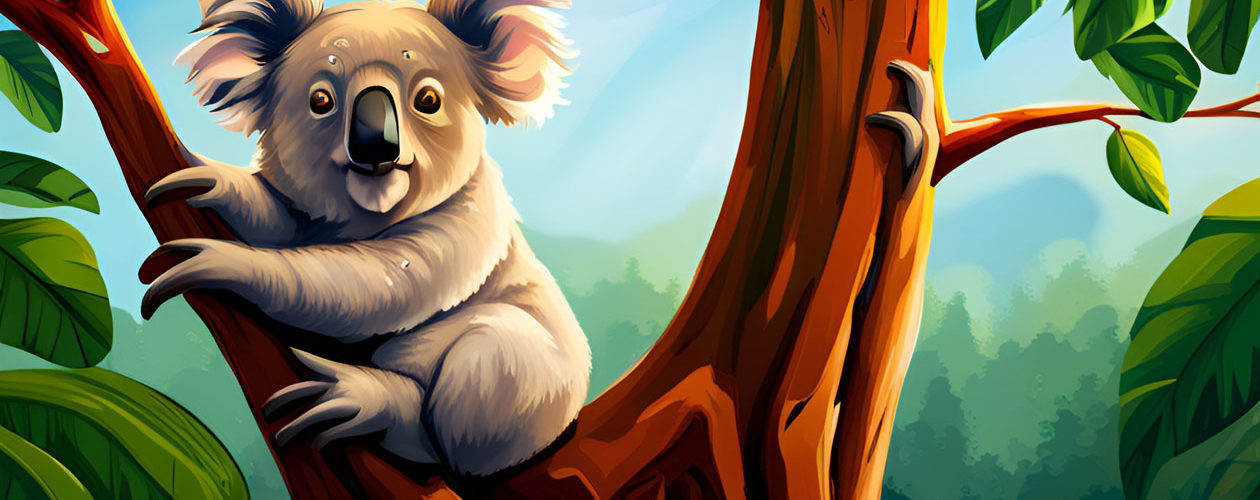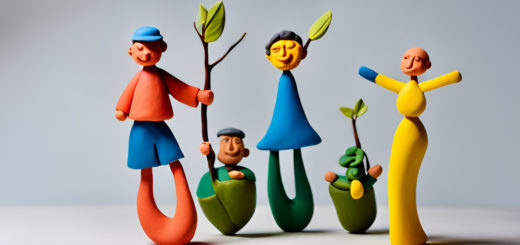Saving Australia’s Unique Wildlife: The Importance of Endangered Species Protection

The importance of protecting endangered species in Australia cannot be overstated. Our rich biodiversity and unique ecosystems are an essential part of our national identity, but they are under threat. Many species native to our continent are hanging by a thread, struggling for survival amidst growing environmental challenges. Now more than ever, it’s critical that we shed light on their plight and work collectively to safeguard our precious wildlife.
Threats to Australian Wildlife
Aussie wildlife is copping it from all sides, mates. Here, we break down the major threats, which are not dissimilar to a pub brawl on a Saturday night.
Habitat Loss and Degradation
Firstly, habitat loss and degradation are major issues. As our cities grow and the agricultural industry expands, our wildlife’s natural homes are being replaced with concrete jungles and expansive fields. Good habitat preservation efforts are key to alleviating this issue.
Climate Change
Climate change is another threat, and it’s a doozy. Rising temperatures, shifting weather patterns, and extreme weather events are wreaking havoc on our native species, forcing them to adapt to rapidly changing environments.
Invasive Species
Thirdly, invasive species, whether they be flora or fauna, can throw ecosystems into chaos, outcompeting local species for resources and potentially introducing new diseases.
Overexploitation
Overexploitation, such as overfishing and illegal wildlife trade, is another threat to our native species. Overfishing doesn’t just affect the fish being caught, but can throw the entire aquatic ecosystem off balance. To delve deeper into this issue, check out this article on the Overexploitation Threat to Australian Wildlife.
Disease
Finally, disease poses a significant threat to Australian wildlife. As species become more stressed due to the aforementioned threats, their susceptibility to disease increases, creating a dangerous cycle of decline.
Endangered Species in Australia
Now, let’s have a squiz at the actual stars of our show – the endangered species themselves. For a comprehensive list of endangered species in Australia, follow this link. We’ll be providing brief overviews of a few of these amazing creatures and their vital roles in our ecosystems.
The Leadbeater’s Possum
First up, we have the Leadbeater’s Possum, a small, nocturnal marsupial native to Victoria’s Central Highlands. This bloke is the state’s faunal emblem but is critically endangered due to habitat loss from logging and bushfires.
The Northern Quoll
Next, we have the Northern Quoll, a carnivorous marsupial found in northern Australia. Their numbers have dwindled due to habitat loss, invasive species, and the cane toad invasion. This particular species plays an important role in pest control as they prey on various small animals.
The Southern Corroboree Frog
Our third species is the striking Southern Corroboree Frog, known for its vibrant yellow and black stripes. This frog is crucial for the ecosystem, acting as both predator and prey in its habitat. Unfortunately, it’s critically endangered due to chytrid fungus, a deadly disease affecting amphibians worldwide.
Conservation Efforts in Australia
With the threats and endangered species outlined, it’s time to chin up, mates! Let’s dive into the proactive steps we’re taking to protect our native wildlife. It’s not all doom and gloom down under; there are loads of amazing organisations and individuals working tirelessly to conserve our unique biodiversity.
Government Initiatives
Our government has been proactive in launching various initiatives to protect and conserve our wildlife. They’ve been focusing on various approaches like ecosystem restoration and strengthening legal protections for threatened species.
Non-Government Organisations
Beyond the government, there’s a slew of non-government organisations (NGOs) doing their bit to protect our native species. These groups undertake a variety of activities, such as habitat restoration, scientific research, and wildlife management.
Community Involvement
Righto, it’s not all left to the big players, though. Local communities across Australia are also stepping up to the plate. From local clean-ups to community education programs, it’s a classic case of ‘many hands make light work’. The local community plays a critical role in conserving our unique biodiversity.
Success Stories
These collective efforts have led to some fair dinkum success stories. For instance, the recovery of the Tasmanian Devil population on Maria Island shows that when we pull together, we can make a real difference for our endangered species.
Role of Individuals in Protecting Endangered Species
Now, we’ve mentioned government initiatives, NGOs, and community involvement, but what about you? What can you, as an individual, do to help protect our endangered species? As it turns out, quite a bit!
Simple Actions
Start with simple actions. This could be as straightforward as being mindful of your water usage, recycling, or composting. Even choosing to buy sustainable products can have a significant impact. These everyday decisions contribute to creating an environment in which our native species can thrive.
Education and Awareness
Next up, education and awareness. Learn about the endangered species in your area and the threats they face. Share this knowledge with your mates, your family, and your community. Remember, understanding is the first step towards action.
The Future of Endangered Species in Australia
Looking to the future, there’s a rough road ahead for endangered species in Australia. However, with all hands on deck, there are plenty of opportunities to turn things around. It won’t be easy, but then again, Aussies are never ones to shy away from a challenge!
Challenges and Opportunities
Climate change, habitat loss, and invasive species will continue to be pressing challenges. Yet, within these challenges lie opportunities. Innovations in technology and science, coupled with increasing public awareness and concern for the environment, have the potential to drive meaningful change.
Importance of Continued Conservation Efforts
One thing’s for certain, we can’t afford to take our foot off the pedal. Conservation is a long game, and it will take continued commitment from governments, organisations, communities, and individuals to ensure our native species have a fighting chance.
Conclusion
To wrap things up, protecting our endangered species isn’t just about preserving our national heritage. It’s about maintaining the health of our ecosystems, our planet, and ultimately, ourselves. As mentioned earlier, simple individual actions and education can go a long way. So, why not start today? Together, we can make a difference!
Remember, every bit of effort helps, whether you’re a top-end scientist, a government leader, a community member, or just an ordinary Aussie like you and me. The future of our unique and precious wildlife depends on us. Let’s not let them down, mates.

